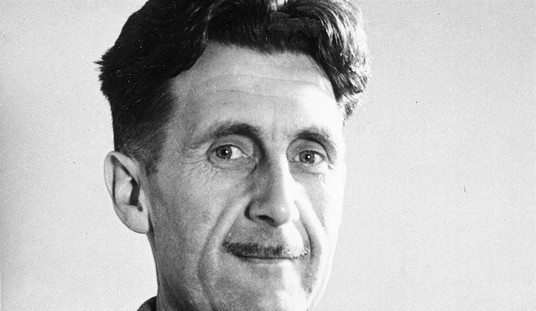Beaming electricity into homes without wires has been a dream since the days of Nikolai Tesla. The Daily Mail reports researchers at Duke University have made a breakthrough on the efficiency of turning otherwise-wasted radio waves into electricity:
Engineers at Duke University have designed a breakthrough gadget that ‘harvests’ background microwave radiation and converts it into electricity, with the same efficiency as solar panels.
The development, unveiled on Thursday, raises exciting possibilities such as recharging a phone wirelessly and providing power to remote locations that can’t access conventional electricity.
And the researchers say that their inexpensive invention is remarkably versatile. It could be used to capture ‘lost’ energy from a range of sources such as satellite transmissions, sound signals or Wi-Fi….
They say the device harvested microwaves with an efficiency of 36.8 percent, similar to modern solar cells that capture light energy.
A report that will appear in the journal Applied Physics Letters in December states that this invention is capable of converting microwave signals to enough direct current voltage to recharge a cell phone battery.
The principle itself is sound. Indeed, every radio receiver converts the radio waves it receives into electricity. The Duke researchers did nearly quadruple the previous efficiency of converting radio waves into DC power.
However, the math does not quite work out yet. At its peak efficiency, the 5-cell device pictured as the thumbnail (picture courtesy Duke University) provides 7.3 volts across a load of 70-80 ohms. That translates to approximately 100 milliamps, and about 750 milliwatts. While that is the same as one unit load in the USB 3.0 definitions, and 1.5 times one unit load in the USB 2.0 definitions, that is far less than what a typical cell-phone charger provides.
To get that 750 milliwatts, they pumped a bit over 2 watts of radiofrequency energy at the space their device occupied. That was helped with a rather sizable waveguide. In contrast, wi-fi signals received by the average laptop receive somewhere around 10 picowatts, or 1/100,000,000,000th of a watt, and GPS signals received by a GPS receiver are a couple orders of magnitude weaker than that, though neither a laptop nor a GPS receiver are usually placed inside of a waveguide.
I somehow doubt the FCC would allow even a directional RF generator powerful enough to allow a long-distance version of the wireless charging pad. With that said, there looks to be a very practical use for this breakthrough – a radio communications system that uses less power for the same range.







Join the conversation as a VIP Member